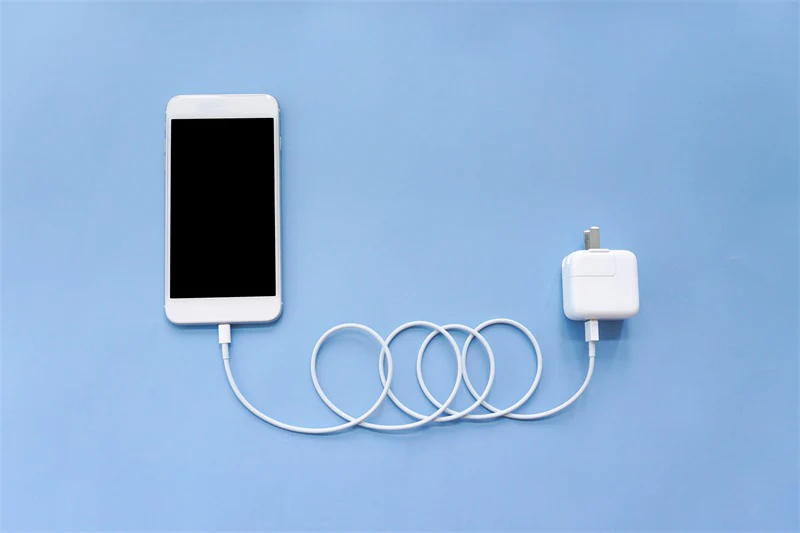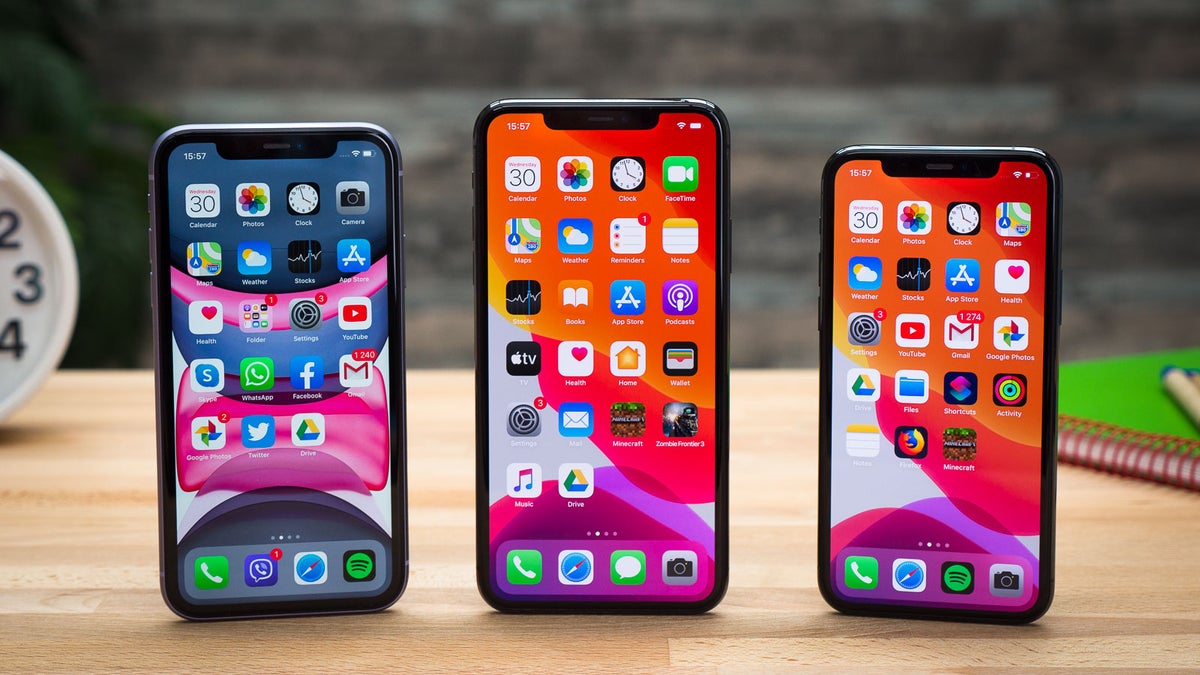In today’s fast-paced world, fast charging has become a must-have feature for smartphones. It promises to quickly juice up your device, saving you precious time. But is fast charging better for your phone compared to regular charging? Understanding the pros and cons of each method can help you make the best choice for your phone’s battery health and your convenience.
What Is Fast Charging?
Fast charging uses higher voltage or current (or both) to deliver more power to your phone’s battery in a shorter time. Most modern smartphones support fast charging, often requiring specific chargers and cables to achieve these speeds. Common fast charging standards include:
- USB Power Delivery (USB-PD): Used by brands like Google, Samsung, and Apple.
- Qualcomm Quick Charge: Found in many Android devices.
- Proprietary Systems: OnePlus Warp Charge, Oppo VOOC, and others.
Fast chargers often deliver power measured in watts (W). For instance:
- Standard chargers deliver 5W–10W.
- Fast chargers range from 18W to 100W or more.
What Is Regular Charging?
Regular charging refers to the traditional method of delivering power at lower wattage, typically 5W or 10W. This method is slower but has been the standard for years, offering stable and consistent charging.
Benefits of Fast Charging
- Time-Saving:
- The most significant advantage of fast charging is speed. Many phones can reach 50% charge in just 30 minutes, perfect for busy schedules or when you need a quick top-up.
- Convenience:
- Fast charging is ideal for users who use their phones intensively throughout the day. A quick recharge during a lunch break can keep your phone powered for hours.
- Standard in Modern Devices:
- Fast charging is now widely supported in flagship phones, making it the default for many users.
Drawbacks of Fast Charging
- Increased Heat:
- Fast charging generates more heat than regular charging, which can lead to thermal stress on your battery over time. Heat is a major factor in battery degradation.
- Battery Wear:
- Repeated use of fast charging at high wattages may slightly reduce your battery’s lifespan due to the increased electrical stress.
- Dependency on Specific Hardware:
- To use fast charging, you often need compatible chargers and cables, which can be costly or inconvenient to replace.
Benefits of Regular Charging
- Better for Long-Term Battery Health:
- Regular charging generates less heat, putting less strain on your battery and helping maintain its capacity over time.
- Universal Compatibility:
- Regular charging works with most chargers and cables, making it more flexible and convenient, especially in shared charging situations.
- Stable Charging Process:
- Without the high power demands of fast charging, regular charging ensures a steady flow of energy, which some users prefer.
Drawbacks of Regular Charging
- Slower Speeds:
- Regular charging can take hours to fully recharge your phone, which may not suit users who rely heavily on their devices.
- Inconvenient for Busy Schedules:
- If you’re short on time, waiting for a regular charger to refill your battery can be frustrating.
What’s Best for Your Phone’s Battery?
Modern smartphones are designed to handle fast charging safely, with built-in protections like temperature regulation and optimised charging algorithms. However, there are steps you can take to balance speed with battery health:
- Use Fast Charging When Necessary:
- Rely on fast charging for quick top-ups or when time is limited.
- Switch to Regular Charging Overnight:
- When you have time, use regular charging for slower, more gradual power delivery.
- Enable Optimised Charging Features:
- Many phones, like iPhones and Samsung Galaxy devices, have battery health features that reduce charging speed as your phone nears 100%.
- Avoid Extreme Temperatures:
- Whether using fast or regular charging, keep your phone in a cool environment to minimise heat build-up.
Myths About Fast Charging
- “Fast Charging Damages the Battery Immediately”:
- Modern batteries are built to handle fast charging safely. Damage only occurs over long periods of excessive heat exposure.
- “You Can’t Use Your Phone While Fast Charging”:
- You can use your phone, but it may slightly slow the charging process.
- “Fast Charging Always Heats Up the Phone”:
- While fast charging generates heat, well-designed chargers and devices minimise overheating.
Which Should You Use?
The answer depends on your priorities:
- Choose Fast Charging:
If you’re constantly on the go or need quick top-ups during the day, fast charging is a convenient option. - Choose Regular Charging:
If you’re focused on long-term battery health or usually charge overnight, regular charging is a safer, slower alternative.
Final Thoughts
Fast charging and regular charging each have their advantages, and the best approach is to use them wisely based on your needs. Fast charging is excellent for quick power-ups, but balancing it with regular charging ensures your battery stays healthy for years to come.
By understanding how each method impacts your device, you can make smarter choices to keep your phone powered and your battery lasting longer.



